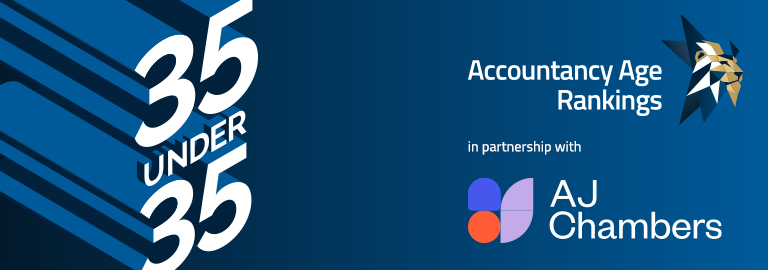The Institute of Chartered Accountants in England and Wales (ICAEW) Regulatory Board has launched a consultation on proposed sweeping changes to professional indemnity insurance (PII) rules, including raising the minimum indemnity limit to £2 million.
Whilst there have been periodic amendments of the ICAEW’s PII arrangements, a full review has been overdue with the current limits of insurance having not changed since 2008.
The consultation, open until December 14th, aims to enhance transparency, ensure public interest duties are met, and address emerging issues like rising insurance costs and some firms struggling to obtain qualifying coverage.
Key proposed changes include:
- A minimum limit of indemnity will increase from £1.5 million to £2 million any one claim and in total.
- If a firm’s gross fee income is under £800,000, then the minimum limit of indemnity for any one claim and in total is equal to two and a half times its gross fee income, with a minimum of £250,000.
- Firms that gross over £50 million in fees will be classified as a ‘large firm’ and not required to have qualifying insurance in place. They will have to continue to have in place reasonably appropriate arrangements for their risk exposure , which is qualitatively assessed.
- Defence costs should not be applicable to the excess, except in the case of FCA-authorised work. In the event a firm’s gross fee income is over £800,000, the excess may be defence costs inclusive.
- For firms that are required to put in place qualifying insurance, the maximum permitted aggregate excess will be either £2,500 or 3% of the firm’s fee income, whichever figure is greater.
The proposals also stipulate that qualifying insurance should provide an automatic run-off cover for six years, which insurers are not able to cancel for non-payment of premium. Under the current Regulation (2.8 of the PII Regulations), the run-off period is only required for at least two years.
Thereafter, the member must use their best endeavours to maintain compliant run-off cover for a further four years. The proposed changes increases this requirement to a full six years in line with solicitor run-off periods. Insurers would also be obliged to outline how the premium for run-off cover will be calculated at the inception of any policy.
Additional guidance will follow on compound firms to ensure clarity over the circumstances firms can insure multiple entities, within a group, under one policy.
The ICEAW has confirmed that the proposals will bring the rules into line with current market practice and does not anticipate it will change much for most firms when renewing their PII insurance.
The ICAEW have further stated that the proposals are necessary to protect the interest of firms’ clients and maintaining the best interests of the public; also to ensure the there is an appropriate system of redress for claimants. As a result of the minimum requirements, the proposals will have considerations for brokers, insurers and firms.
The consultation, which is open to everyone affected by the proposals, will conclude on 14 December 2023. A summary of the results is expected to be published early next year. A link to the report can be found here.
